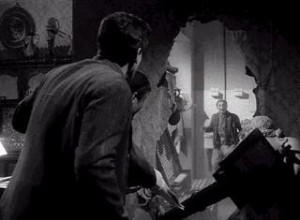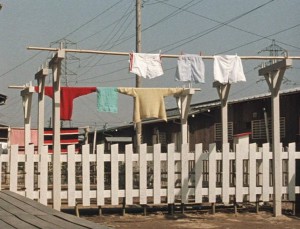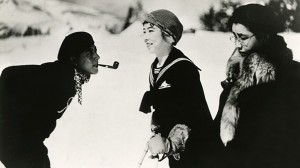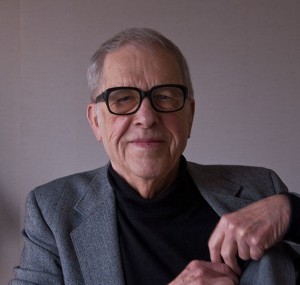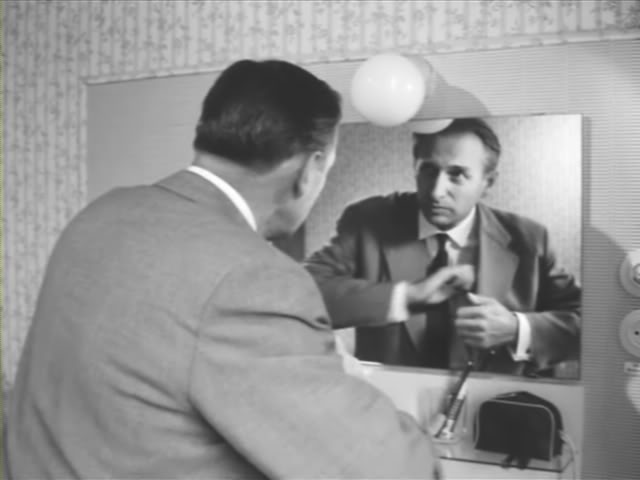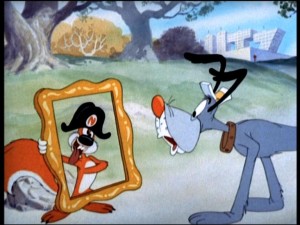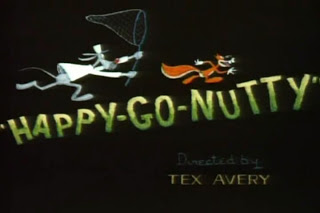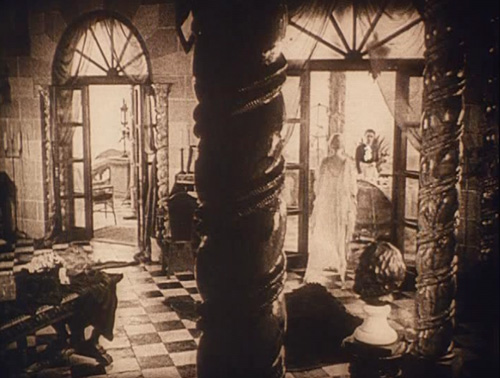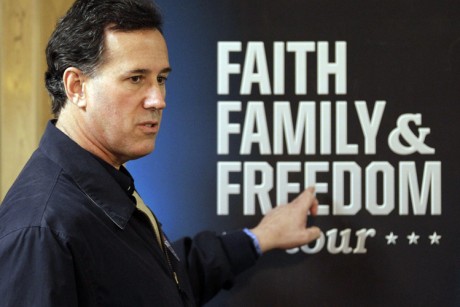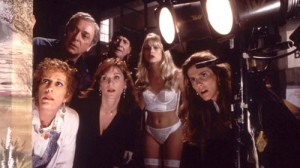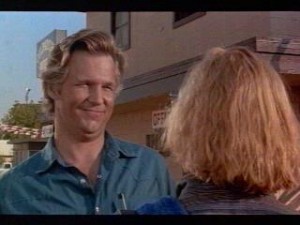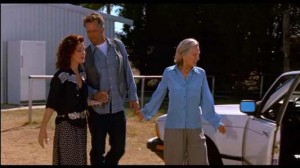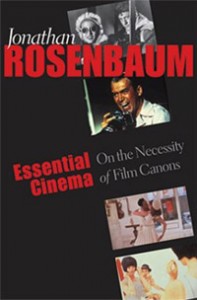From the January 5, 1996 Chicago Reader. — J.R.
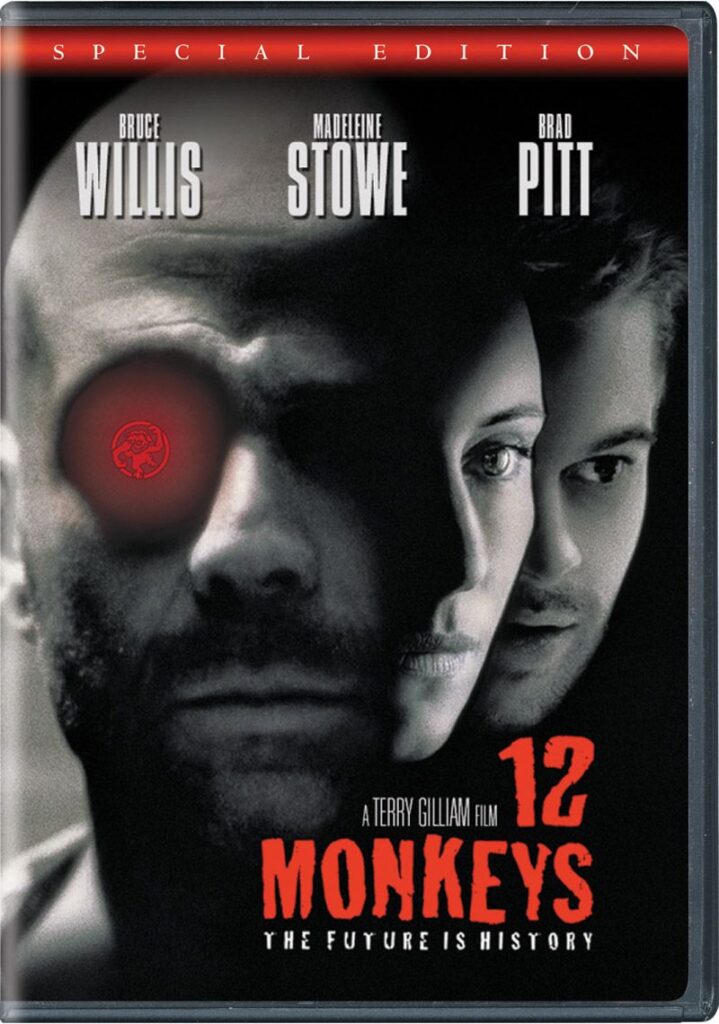
Rumor has it that director Terry Gilliam hasn’t even seen La jetee (1962), Chris Marker’s half-hour SF masterpiece that served as the basis for David and Janet Peoples’s script. In a future world following a global epidemic that has eradicated most of humanity, time travel becomes the only hope of mankind’s survival. A volunteer (Bruce Willis) gets sent back to Philadelphia in the year 1996, where he’s promptly locked away as a madman while trying to find the source of the epidemic and simultaneously clear up a troubling childhood memory. La jetee, told almost exclusively in black-and-white still photographs, is the only purely fictional work of one of the greatest film essayists (whose work tends to circulate around issues involving memory and photography) and has a form, a style, and a subject that reinforce one another; this grungy thriller by contrast merely takes over the story, though it’s a haunting enough tale in its own right. (David Peoples also scripted Unforgiven, and one finds much of the same craft, as well as the same gratuitous unpleasantness, kicking about here.) I find all of Gilliam’s movies worth seeing, and this is no exception, though you should expect to find a fair amount of his characteristic designer grimness mixed in with cabaret comedy, which seems less fresh now than it did in Brazil in 1985. Read more

